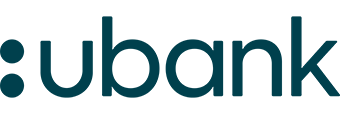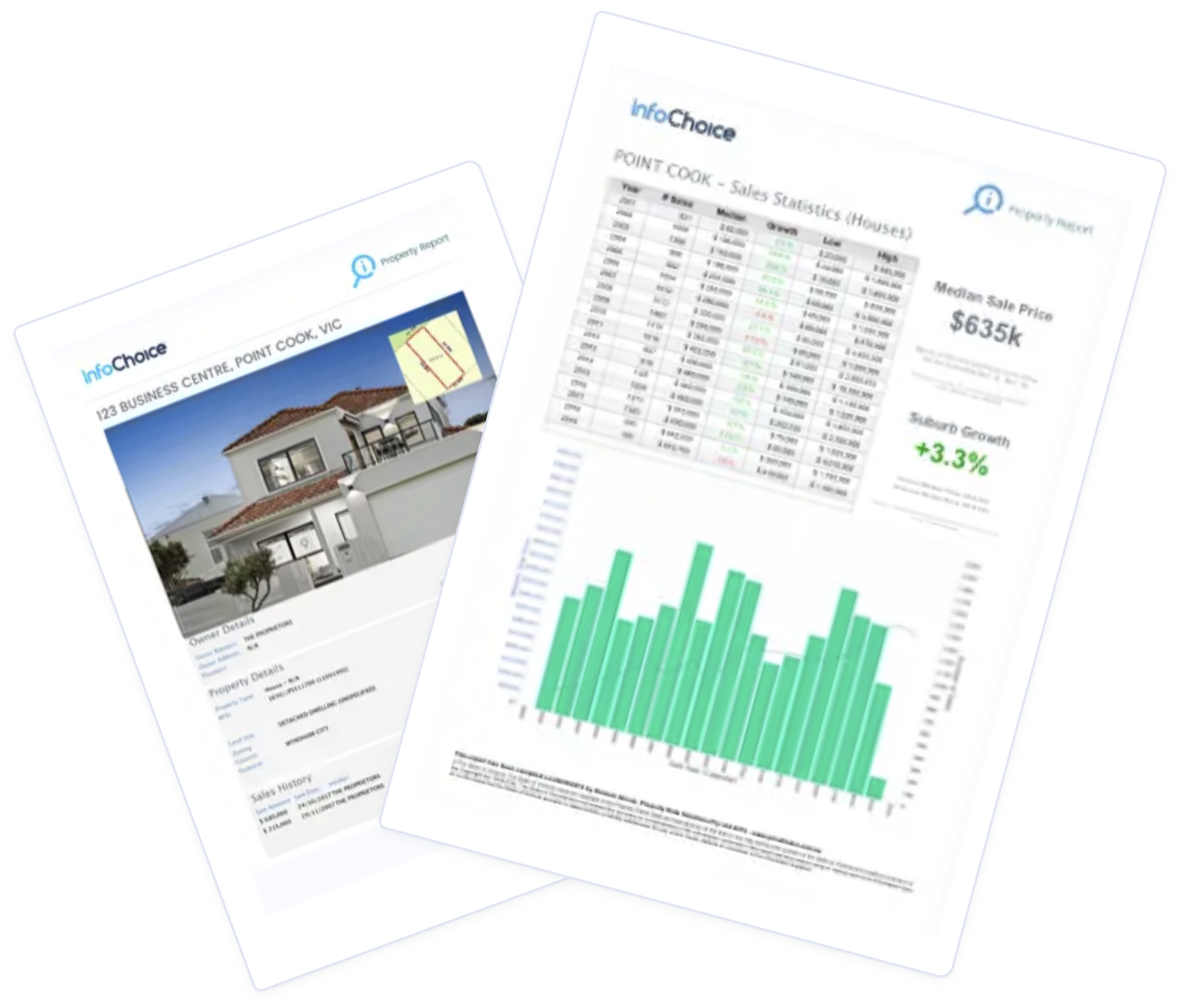
Refinancing can potentially save you thousands on your home loan, but there are also a number of upfront costs to consider. Find out the average cost of refinancing a home loan in Australia and whether it's worth it in the long run.
What is the average cost to refinance a mortgage?
There are a number of upfront fees that can come with refinancing a home loan. However, the costs of these different fees and whether they are charged at all will depend on the lender.
Rebecca Jarrett-Dalton, founder of mortgage brokers Two Red Shoes, told InfoChoice the average cost is about $1,000.
It's difficult to give a definitive answer as the cost of refinancing varies between lenders.
At the low end of the scale, you could pay just a couple of hundred dollars, whereas you could pay well over $1,000 at the top end - especially if you need to pay LMI.
The potential savings of refinancing need to be considered alongside the initial costs of refinancing to help you determine whether it's worth it. When assessing the cost of refinancing, calculate the total cost as opposed to the separate charges between different lenders. This ensures you receive the most accurate cost possible.
What fees should you expect when refinancing?
If you're thinking about refinancing, understanding the upfront costs is key to making a smart decision. Here's a clear breakdown of the most common fees you might encounter.
Mortgage application fees
If you're migrating to a new lender, then they might charge an application fee, otherwise known as an establishment fee. This is a one-off payment that covers the cost of processing and administering the new loan. The fees are typically around the $250-$450 mark, while the highest can cost upwards of $800.
Early exit fees
Following government reforms, early exit fees apply only to mortgages taken out before 1 July 2011. This cost can range between $0 and $7,000, so be sure to check the terms of your existing loan to find out if an exit fee still applies to you.
Break fees
A break fee may apply when you have a fixed-rate mortgage and you refinance to another provider before the end of the fixed term. These fees cover any potential losses your current lender might face due to the 'economic cost' of that agreement not running to its originally slated term.
Break costs generally depend on the loan amount, the length of time remaining on the fixed term, and interest rate movements at the time. Typically, break fees will be higher if interest rates have gone down since the start of the fixed term.
As break fees can vary and be extremely costly, it's worth contacting your lender to ask for an estimate if you're considering breaking your fixed term and refinancing. This can cost many thousands of dollars, so you'll want to make sure it's worth it.
It's generally advised not to take out a fixed-rate home loan unless you serve the entire fixed term.
Valuation fee
Depending on the level of equity you have in your property, a new lender may require a valuation to be done before approving you for refinancing. The cost of this often depends on the lender and the location of your property. For example, valuation fees tend to be cheaper in metropolitan areas, given that they are more accessible than rural areas.
A valuation fee can cost anywhere from $100 to $1,000. You may even find that some lenders don't charge one to begin with.
Discharge fee for termination of mortgage
Also known as a 'termination' fee, mortgage discharge fees are paid to your current lender to cover the administrative costs required to end the loan contract. Discharge fees are only applicable when you're refinancing externally.
The average discharge fee can be up to $1,000, but typically sits around $200-$500 on average.
Settlement fee
Settlement fees are paid to a new lender to settle the new loan. It covers the cost of the lender arranging a legal representative to attend the loan settlement. This fee costs anywhere between $100 and $800, depending on the lender.
Mortgage registration fees
A mortgage registration fee is charged by a state government for the mortgage to be added to a register to prevent you from selling the property without paying back the lender. The registration fee can cost anywhere between $100 and $180 on average (varies by state and territory).
Lender's Mortgage Insurance (LMI)
If you haven't built up enough equity in your home and you're looking to borrow more than 80% of the property's value, you may be required to pay LMI again when refinancing.
LMI can be an expensive fee, and you don't want to have to pay it more than once, so where possible, it's recommended you hold off on refinancing until you build up enough equity - at least 20%.
How much can I save by refinancing?
The level of savings generated through refinancing depends on:
-
The size of your mortgage
-
How many years you have left on the loan term
-
How much lower the new interest rate is compared to your current rate
Rebecca Jarrett-Dalton, founder of mortgage brokers Two Red Shoes, told InfoChoice the average first-year saving she's seen by her clients refinancing is about $2,000 on the low end, and up to $6,000 on the high end.
Ms Jarrett-Dalton said the highest saving the firm has seen was $22,000.
To maximise your potential savings, keep an eye on current market rates in the home loan space and do some research to see what incentives different lenders are offering to entice you to jump ship, e.g. cashback offers that could sweeten the deal.
Example
Suzy is currently paying 5.25% p.a. on a 30-year home loan with an outstanding balance of $500,000. The monthly payments are $2,761 per month.
Suzy finds a new deal for 4.89% p.a. and decides to switch to the new loan.
By switching the loan, the new monthly repayments are $2,651 a month - $110 a month in savings or $1,320 in the first year.
Provided variables stay the same, Suzy could save $39,752 in payable interest over the life of the loan.
Want to see what refinancing could do for you? Check out our refinance calculator to see how much you could save.
Maximise the value of your refinance by comparing loans
Interest rates and loan products are always changing, and refinancing could help you take advantage of a better deal. Use the comparison table below to see how different lenders stack up, and find out if switching could save you money.
Lender Home Loan Interest Rate Comparison Rate* Monthly Repayment Repayment type Rate Type Offset Redraw Ongoing Fees Upfront Fees Max LVR Lump Sum Repayment Extra Repayments Split Loan Option Tags Features Link Compare Promoted Product Disclosure
Promoted
Disclosure
Promoted
Disclosure
Can I refinance a fixed-rate home loan?
If you're on a fixed-rate deal, then it's best to wait until this period ends before refinancing to avoid break fees. Break fees are usually calculated based on your current circumstance, how long you have left on the fixed term, and wholesale and market factors.
Breaking out of a fixed term could cost thousands or tens of thousands, which would make refinancing hardly worth it.
When is refinancing not worth it?
In many cases, refinancing is worth it. However, there are some particular circumstances where it's not.
1. You're on a fixed-rate home loan
Break costs can easily nullify any benefit of refinancing in the first place. If you're unlucky, you could be paying thousands or tens of thousands to break out of a fixed-rate loan, which would take many years on the new lower rate to recoup.
2. You don't have at least 20% equity
It's generally not advised to refinance if you haven't bought the property with a 20% deposit or at least have 20% equity. This means on a $1 million property, you'd have at least $200,000 equity. This is because if you refinance with less than this amount, the new lender will likely charge LMI, which can nullify any benefit of refinancing.
3. You're in a 'mortgage prison'
A mortgage prison is a tricky scenario that usually involves a hit to your serviceability e.g. if you or your spouse loses a job or you have a child. A new lender will likely take a look at your finances and determine you're not able to service your mortgage, despite the lower interest rate. Go figure.
Other factors can include rising interest rates, other debt, or declining home prices. One or a multitude of these factors could affect your ability to move from your current lender in the first place.
This means you'll have to ride out the storm and continue paying the uncompetitive rate until you improve your finances. For example, if you have other debts, focus on paying those off first to increase your mortgage serviceability; if you've had a child recently, wait until you or your spouse are back at work full-time.
4. You're nearly at the end of your mortgage or close to paying it off
Many lenders' minimum loan amounts are $150,000 - if you have less than this on the balance of your mortgage, you probably can't refinance, or it might not make sense. Further, refinancing usually takes a year or two to see the full benefit.
If you've only got a couple of years left on your mortgage, it probably doesn't make sense to pay the costs of refinancing only to discharge the mortgage a short time later.
5. You're planning to sell soon
Similar to the point above, if you're planning on selling the home soon, it doesn't make sense to pay for the costs of refinancing, which could take a year or so to recoup, if you're just going to sell the home and discharge the mortgage anyway. Hopefully, the capital gain you've made on the home in your tenure makes up for the uncompetitive mortgage rate you've been paying.
First published in February 2023





